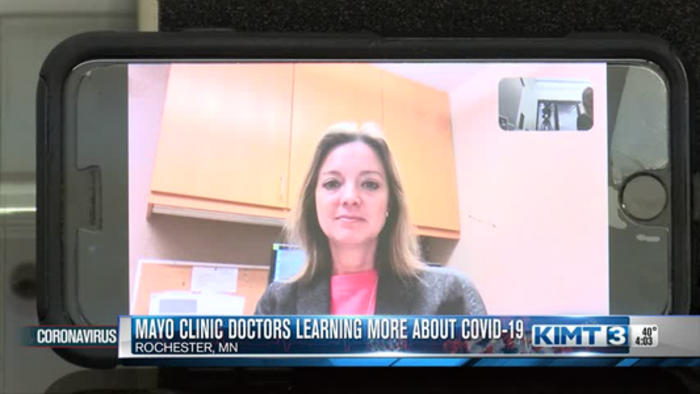Bronchoscopy is useful for a wide range of respiratory conditions, including chronic cough, abnormal chest x-rays, and unexplained shortness of breath. It can also be used to diagnose and stage lung cancer, as well as to evaluate the effectiveness of certain therapies. In some cases, bronchoscopy can even be used to treat lung problems, such as by removing foreign objects or tissue samples for biopsy.

One of the benefits of bronchoscopy is that it is a minimally invasive procedure, meaning it does not require major surgery or lengthy recovery times. Patients are typically given a sedative to help them relax during the procedure, which usually lasts less than an hour. There may be some mild discomfort or soreness following the procedure, but this usually goes away within a day or two.
To prepare for bronchoscopy, patients are typically advised to avoid eating or drinking for several hours beforehand. They may also need to stop taking certain medications or supplements that could interfere with the procedure or cause bleeding. The doctor performing the bronchoscopy will provide specific instructions on how to prepare and what to expect.
Bronchoscopy is generally safe, but like any medical procedure, there are some risks involved. These can include bleeding, infection, and damage to surrounding tissues. The risk of complications is higher in patients with certain medical conditions or who are taking certain medications, so it is important to discuss these factors with your doctor beforehand.
Overall, bronchoscopy is a valuable tool for diagnosing and treating respiratory problems, and is often used as a first-line option in cases where other tests or treatments have not been successful. If you are experiencing symptoms such as coughing, wheezing, or shortness of breath, talk to your doctor about whether bronchoscopy might be a useful option for you. With advanced technology and experienced medical professionals, this procedure can help you breathe easier and achieve better overall health.